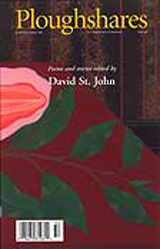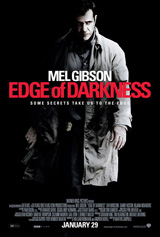One of the questions I hear most often from students is when to use commas with that and which. My short answer is to use commas with which; don’t use commas with that. Of course, the explanation is more complicated than that.
That and which—along with who, whom, and whose—are relative pronouns. They introduce subordinate clauses that act as adjectives, describing nouns or pronouns that precede them:
Last night I had dinner with my friend Nasha, who is moving to Abu Dhabi.
Nasha, whom I met in graduate school, leaves on Saturday morning.
In both of these examples, the relative pronouns who and whom introduce a relative clause that describes Nasha.
The relative clauses in both of these sentences are also examples of nonrestrictive clauses. That is, you could delete them from the sentence without changing your understanding of the main idea. Try it. Does my point still come across?
Put another way, a nonrestrictive clause doesn’t identify or define the noun or pronoun it’s talking about—the reader already knows that (in this case, my friend Nasha). The relative clause just adds additional information—parenthetical information—and so commas should be used:
The Abu Dhabi government, which is paying for Nasha’s lodging in addition to her tax-free salary, has hired her as a teacher.
Here, the relative clause which is paying … doesn’t provide information needed to understand the main idea of the sentence, so it’s nonrestrictive and should be set off by commas.
Another way to figure out whether a relative clause is nonrestrictive is to see whether you can rewrite it as two independent clauses. If you can without losing understanding of the main idea, it’s nonrestrictive.
The Abu Dhabi government is paying for Nasha’s lodging in addition to her tax-free salary.
The Abu Dhabi government has hired her as a teacher.
See?
You Are Now Entering a Restricted Area
If a relative clause is essential to the meaning of a sentence, however, it is called a restrictive clause. The information contained within it is not parenthetical, so no commas should be used:
Nasha did not open the package that I brought as a going-away present until she got home.
Here, without the relative clause that I brought …, the reader would have no idea what package I was talking about. It is necessary to understand the sentence, so it’s a restrictive clause and no commas should be used.
Which brings us to that versus which. That should only be used with restrictive clauses (no commas), and which should be reserved for nonrestrictive clauses (commas).
On a side note, that can sometimes be implied rather than actually included in the clause if the sentence remains clear without it:
Nasha did not open the package I brought as a going-away present until she got home.
Do you have a question about the comma? Let me know, and I’ll include it in a future installment of Mots Justes’ ongoing series.
The Mots Justes Series on Commas
Part I—To Serialize or Not to Serialize
Resources
Chicago Manual of Style, The. 15th ed. Chicago: The University of Chicago Press, 2003.
Hacker, Diana, The Bedford Handbook for Writers, 3rd ed. Boston: St. Martin’s Press: 1991.
Strunk Jr., William, and White, E.B. The Elements of Style. 4th ed. New York: Longman, 2000.







